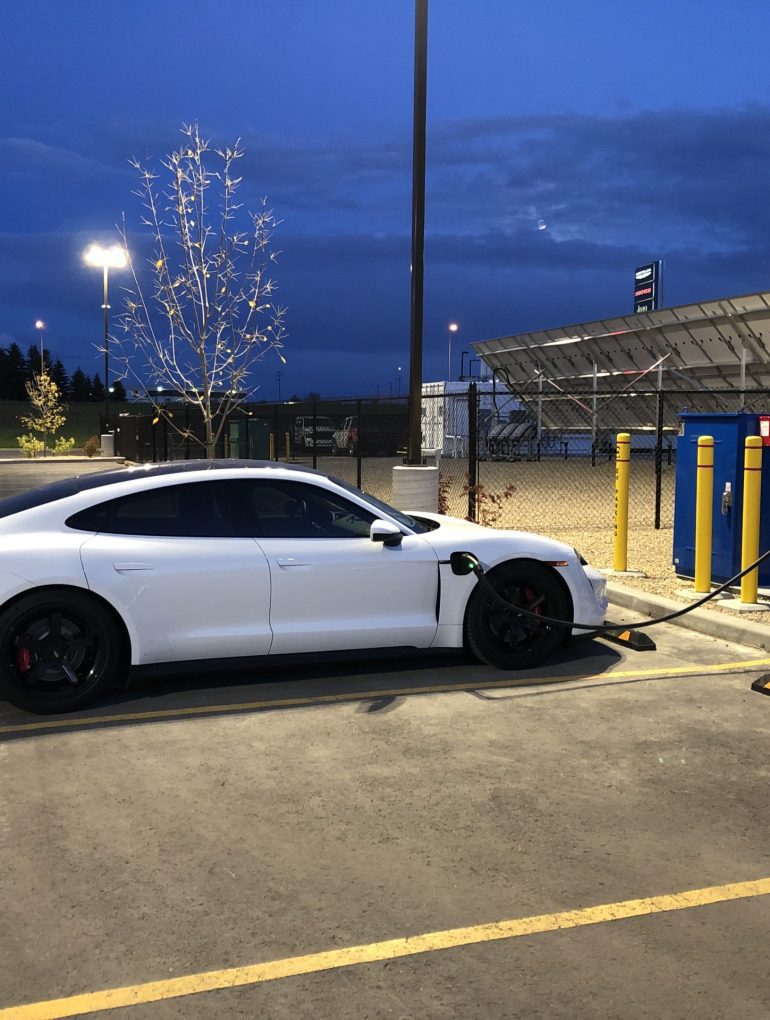Hello, everyone! Welcome to the third and final installment of “Porsche Taycan 4S – My First Long Distance Trip”, where I have been chronicling my biggest adventure to-date with Porsche’s new EV.
We last left off where I had just completed a track day in the Taycan, which I used as an opportunity to highlight all of the challenges and jubilations of owning a high-performance EV.



